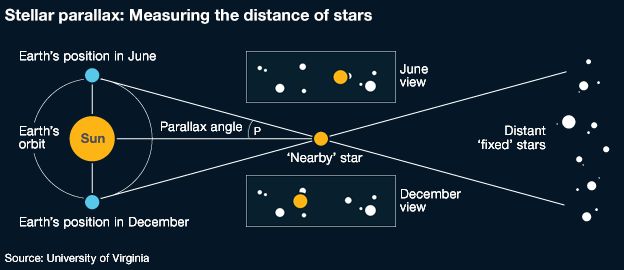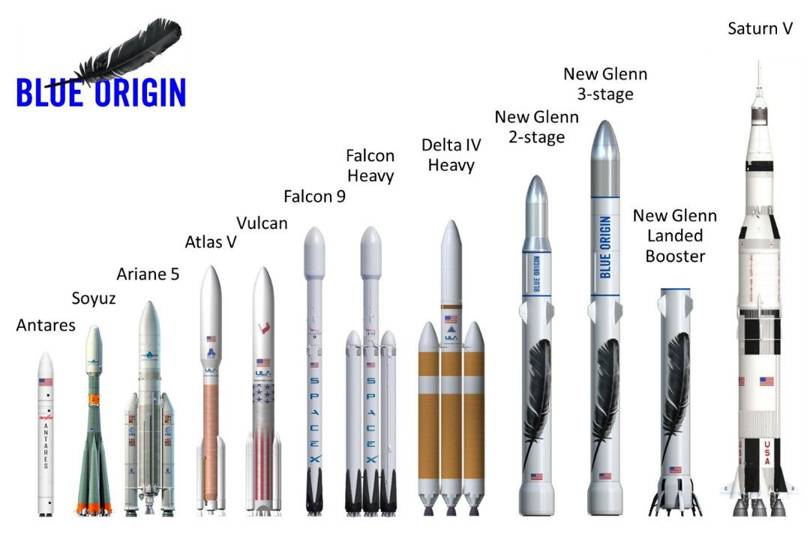Gaia space telescope plots a billion stars
Astronomers working on the Gaia space telescope have released a first tranche of data recording the position and brightness of over a billion stars. And for some two million of these objects, their distance and sideways motion across the heavens has also been accurately plotted.
Gaia's mapping effort is already unprecedented in scale, but it still has several years to run. Remarkably, scientists say the store of information even now is too big for them to sift, and they are appealing for the public's help in making discoveries.
To give one simple example of the scope of Gaia: Of the 1.1 billion light sources in Wednesday's data release, something like 400 million of these objects have never been recorded in any previous catalogue.
"You're imaging the whole sky in basically [Hubble] space telescope quality and because you can now resolve all the stars that previously maybe looked as though they were merged as one star at low resolution - now we can see them," explained Anthony Brown from Leiden University, Netherlands.
Gerry Gilmore from Cambridge University, UK, was one of the mission's proposers. "Gaia is going to be a revolution," he said. "It's as if we as astronomers have been bluffing up until now. We're now going to see the truth."
A web portal has been opened where anyone can play with Gaia data and look for novel phenomena. When a group of schoolchildren showed the BBC how to do it last week, they stumbled across a supernova - an exploded star.
The European Space Agency (Esa) launched its Gaia mission in 2013. Its goal was to update and extend the work of a previous satellite from the 1980s/90s called Hipparcos. This observatory made the go-to Milky Way catalogue for its time - an astonishing chart of our cosmic neighbourhood.
It mapped the precise position, brightness, distance and proper motion (that sideways movement on the sky) of 100,000 stars. Gaia, with its first release of data, has just increased that haul 20-fold.
- As the Earth goes around the Sun, relatively nearby stars appear to move against the "fixed" stars that are even further away
- Because we know the Sun-Earth distance, we can use the parallax angle to work out the distance to the target star
- But such angles are very small - less than one arcsecond for the nearest stars, or 0.05% of the full Moon's diameter
- Gaia will make repeat observations to reduce measurement errors down to seven micro-arcseconds for the very brightest stars
- Parallaxes are used to anchor other, more indirect techniques on the 'ladder' deployed to measure the most far-flung distances

- Gaia will make a very precise 3D map of our Milky Way Galaxy
- It is the successor to the Hipparcos satellite which mapped some 100,000 stars
- The one billion to be catalogued by Gaia is still only 1% of the Milky Way's total
- But the survey's quality promises a raft of discoveries beyond just the star map
- It will find new asteroids and planets; It will test physical constants and theories
- Gaia's sky map will be the reference to guide future telescopes' observations




